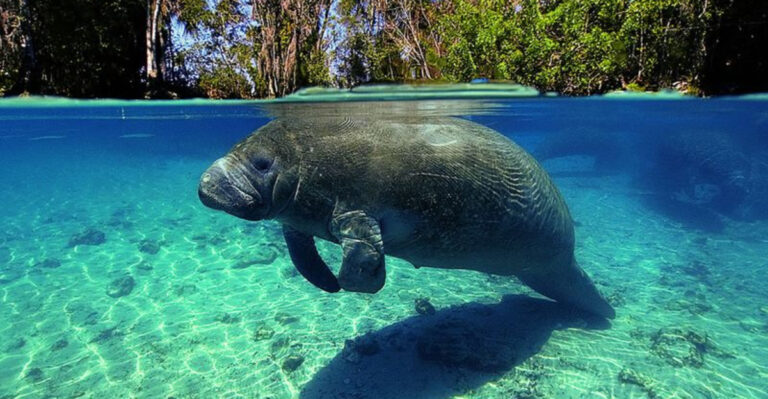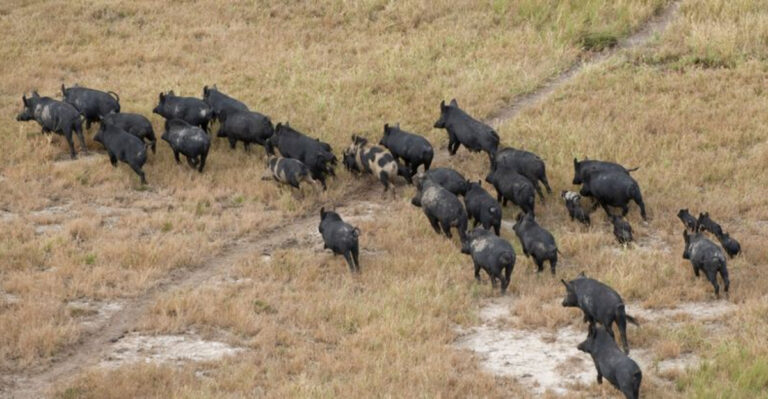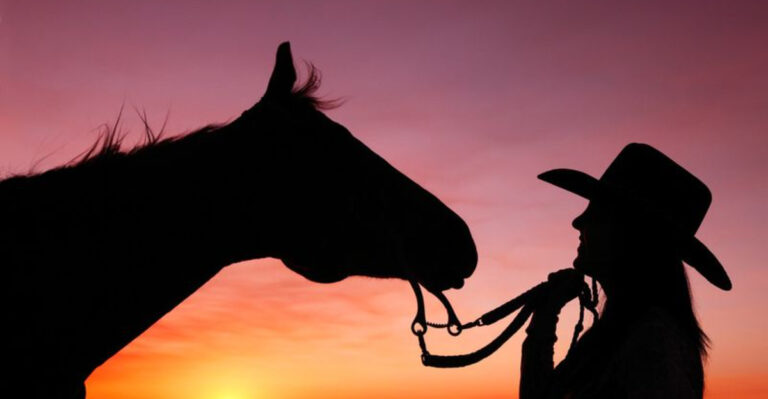X Marks The Spot: 20 Unique Animals Starting With ‘X’
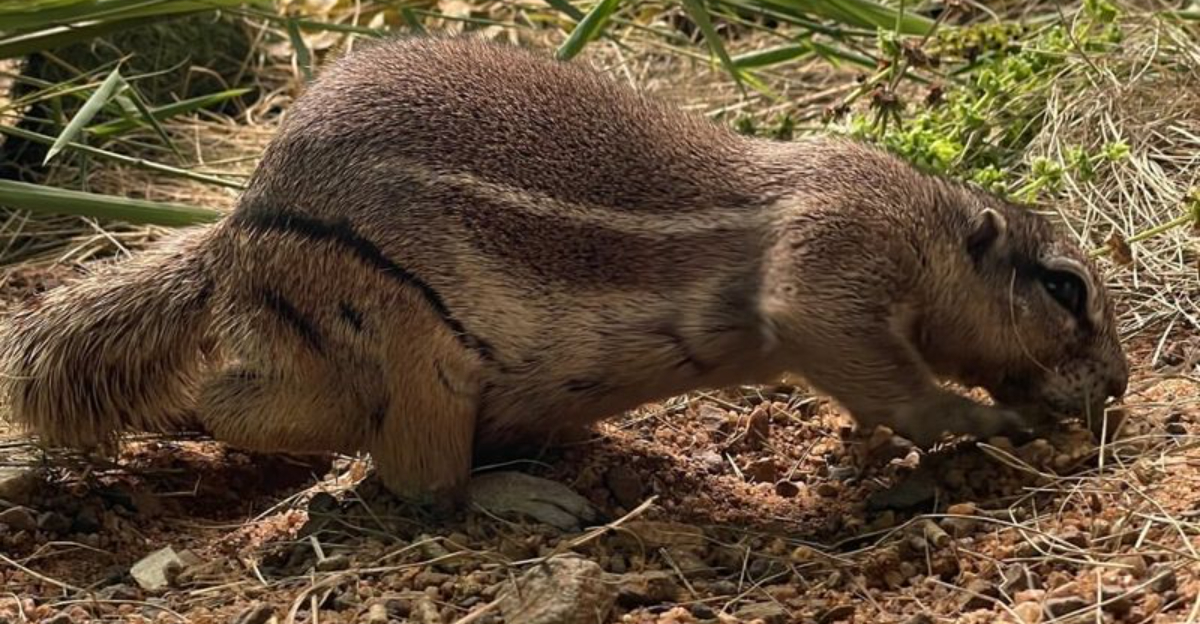
Exploring the diverse world of animals, one might be surprised by the variety of species whose names begin with the letter ‘X’. From the formidable Xenopus found in African waters to the colorful Xantus’s Hummingbird fluttering in North America, these creatures showcase the planet’s biodiversity.
Whether they dwell in the depths of the ocean or soar through the skies, these animals, with their fascinating traits and survival strategies, offer a glimpse into the complexity of the natural world.
1. Xenopsaris
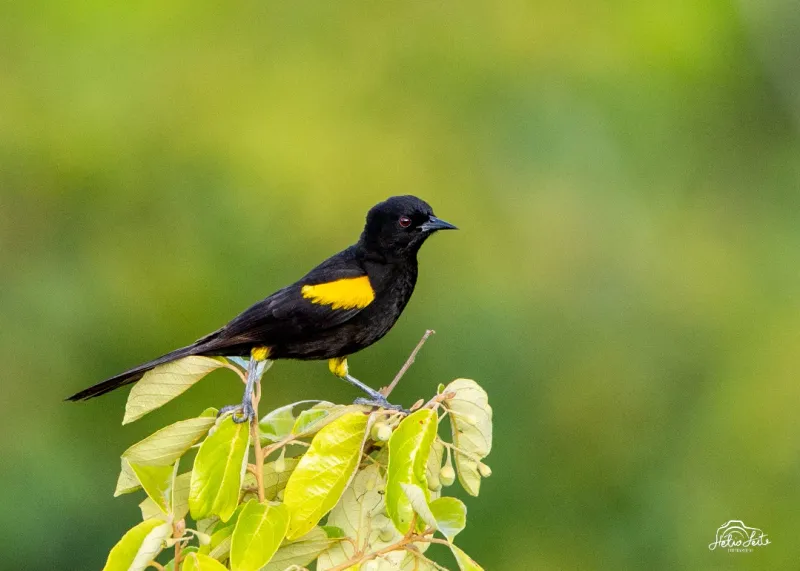
The Xenopsaris, found in Central and South America, is a bird known for its energetic and vocal nature.
Often seen darting from tree to tree, it plays an important role in its ecosystem by spreading seeds and interacting with other species. Its sharp calls and lively behavior make it a captivating bird to observe in the wild.
2. Xenopus
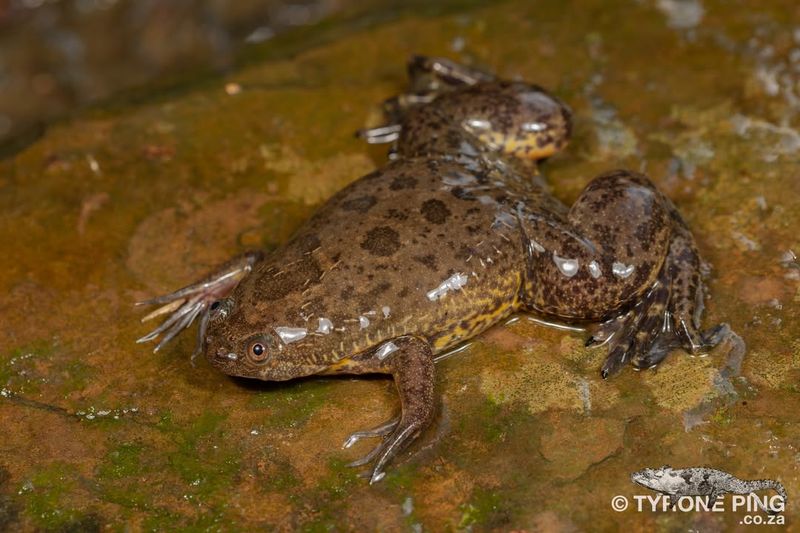
Meet the Xenopus, an aquatic frog that’s not only fascinating but also a research superstar. With their remarkable ability to thrive in both water and land environments, these frogs have been essential to scientific discoveries.
The African Clawed Frog is a prime example, known for its hardy nature and unique swimming style. Though they’re not the cuddliest of companions, their contribution to biology and medicine is unmatched.
3. Xantus’s Hummingbird
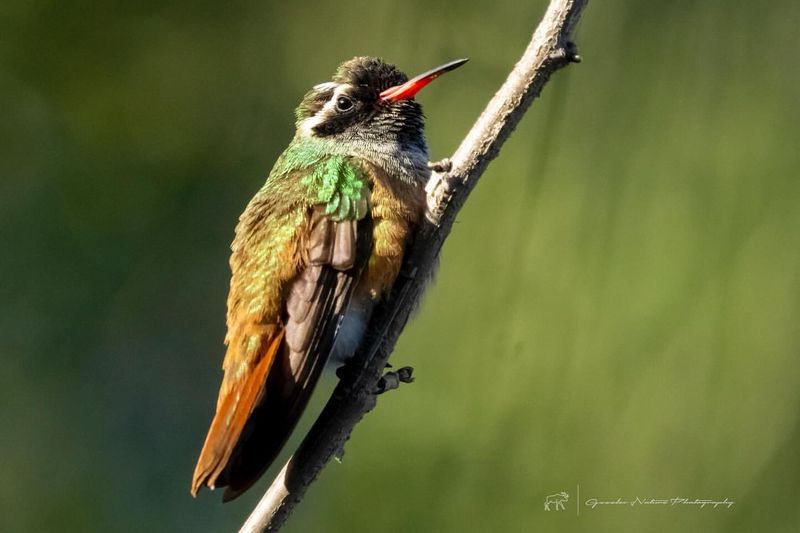
This little marvel, the Xantus’s Hummingbird, flits through the air with the grace of a ballet dancer. Found only in Baja California, its iridescent plumage shimmers in the sunlight, casting a mesmerizing glow.
With the speed of a jet and the ability to hover in place, this hummingbird is the jewel of the desert, bringing bursts of color wherever it goes.
4. Xenops
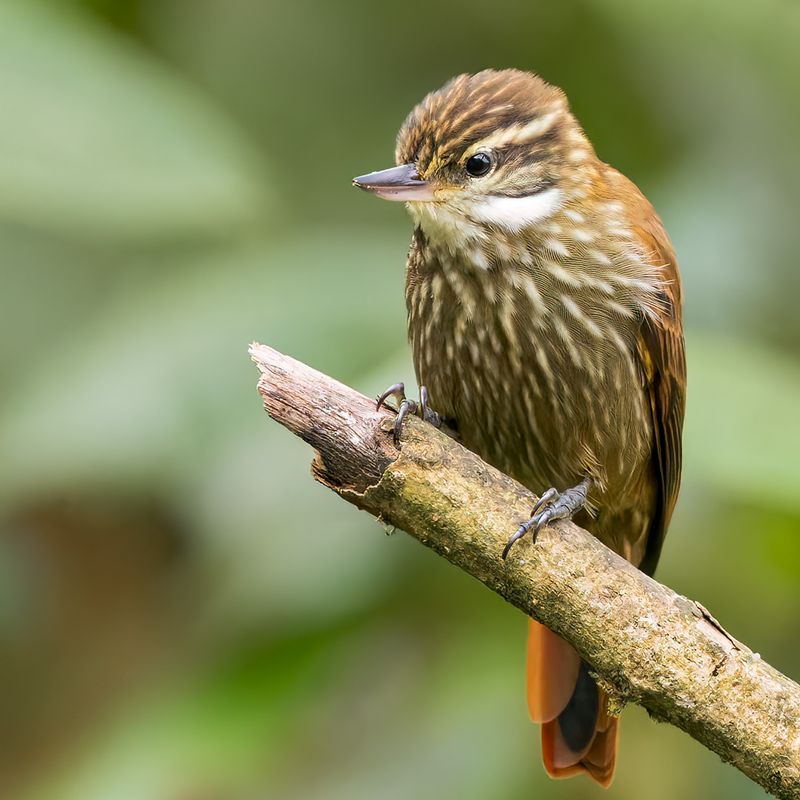
The Xenops, a small and unassuming bird, is a true marvel of adaptability. This bird is a master at navigating the dense rainforests of Central and South America, using its strong claws to cling to tree trunks while searching for insects.
Its ability to blend into its environment and communicate with other creatures makes it an indispensable part of the forest’s ecosystem.
5. Xerus
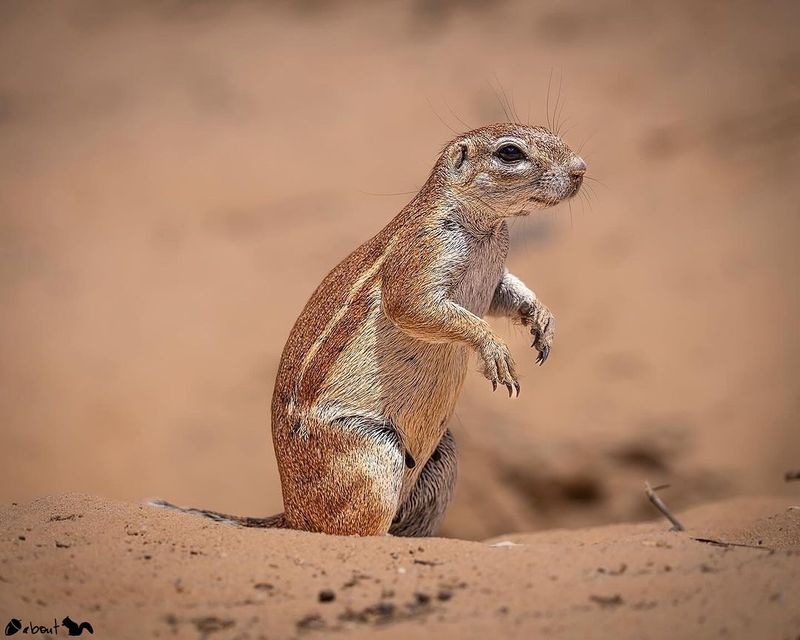
Known for their lively personalities, Xerus are the social butterflies of the African savannas. These lively ground squirrels live in large colonies and are constantly on the move, digging intricate burrows and foraging for food.
With their bushy tails and quick movements, they create a playful atmosphere in the otherwise dry landscapes they call home.
6. Xenarthra
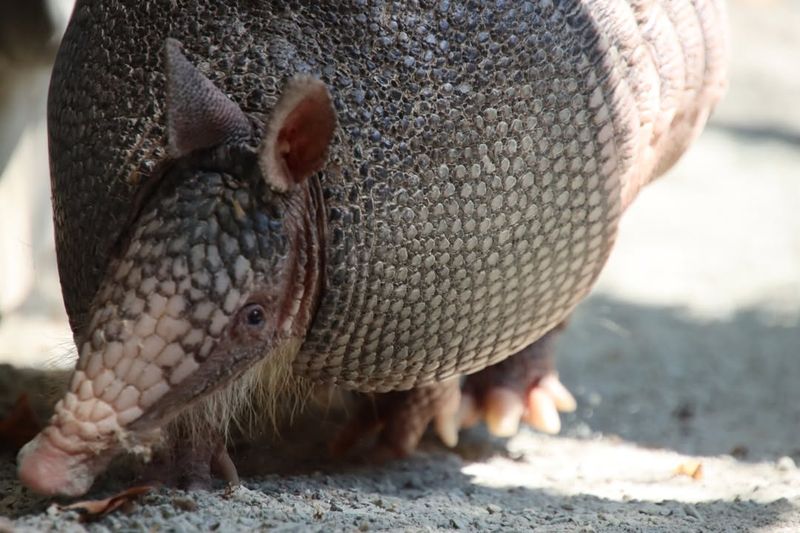
Xenarthra is a superorder of mammals that holds a secret treasure trove of the world’s quirkiest creatures, including armadillos, anteaters, and sloths. Slow but steady, these mammals have perfected the art of survival in the harshest environments.
Their unique limb structures and adaptations make them stand out in the animal kingdom, often providing a glimpse into an ancient evolutionary past.
7. Xeme
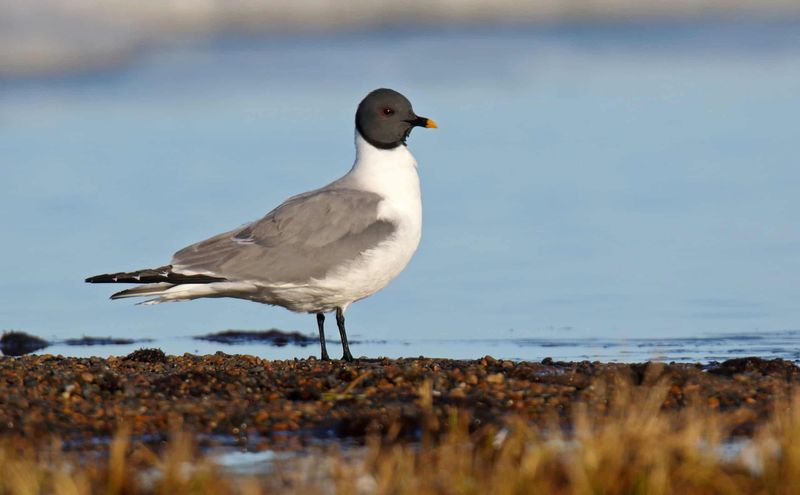
In the world of seabirds, the Xeme (also known as Sabine’s gull) stands out with its elegant appearance and graceful flight.
These migratory birds make their homes in the Arctic during the summer, only to venture south in the winter. Known for their black cap and striking white wings, they represent the thrill of the open sea and the excitement of migration.
8. Xerus erythropus
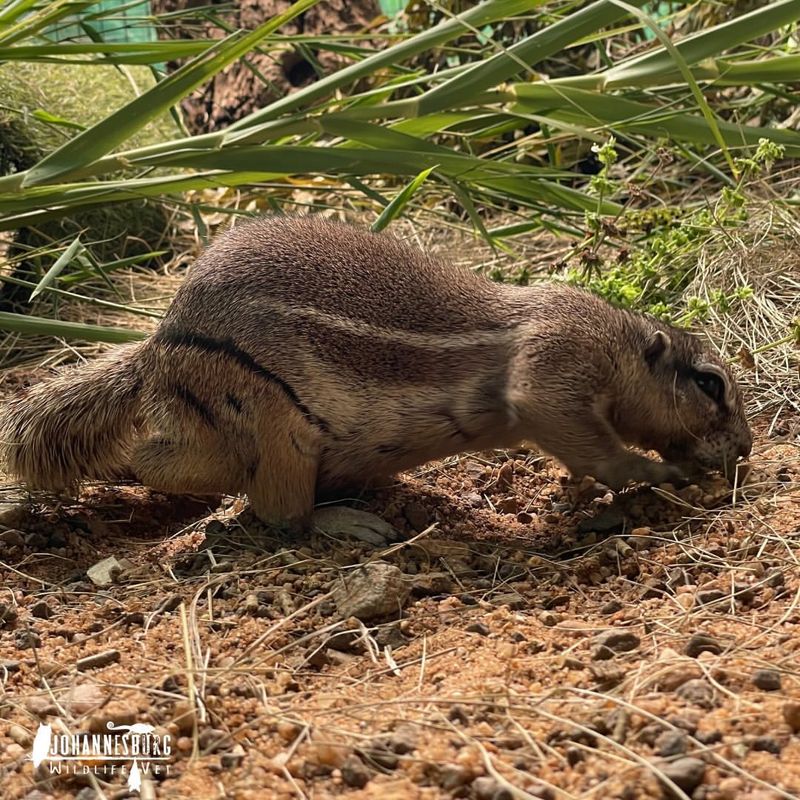
The Xerus erythropus, with its bright orange-red belly, is like a mini-sunset darting across the African plains. This squirrel’s keen senses and swift movements allow it to survive in the vast savannas, where it spends its time foraging for food and interacting with its colony.
Though small, it plays an important role in maintaining the ecological balance of its habitat.
9. Xoloitzcuintli
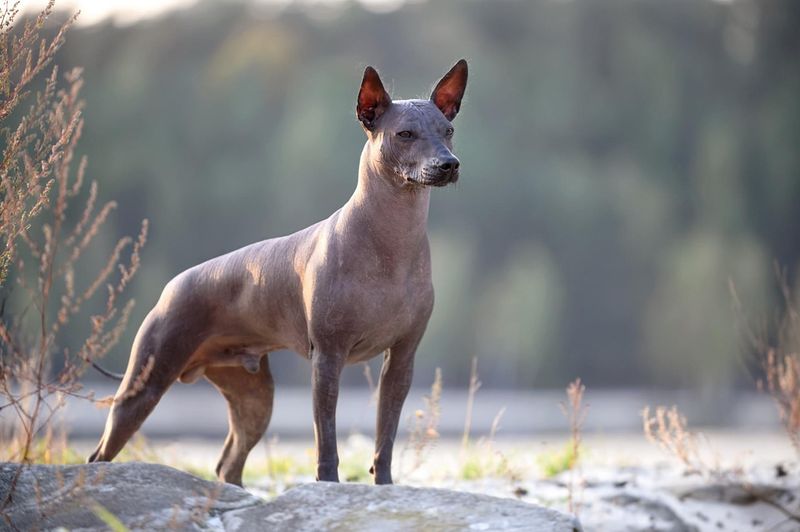
Known for its ancient roots, the Xoloitzcuintli—better known as the Mexican Hairless Dog—has been a loyal companion to humans for centuries. With its sleek, hairless coat and elegant posture, this breed carries an aura of mystique.
Once revered by ancient civilizations, today, the Xoloitzcuintli continues to win hearts with its charming, loyal, and intelligent nature.
10. Xerus princeps
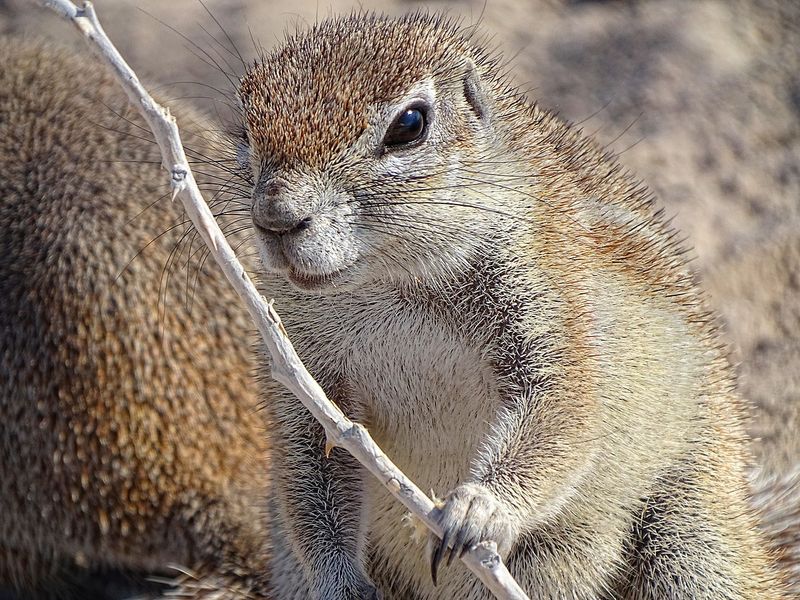
With its warm, reddish-brown fur and small size, the Xerus princeps is another delightful member of the squirrel family, darting about the African grasslands.
Agile and fast, these little creatures make sure to keep a watchful eye out for predators while they gather food. Their social and energetic nature makes them an exciting species to observe in the wild.
11. Xenorhina
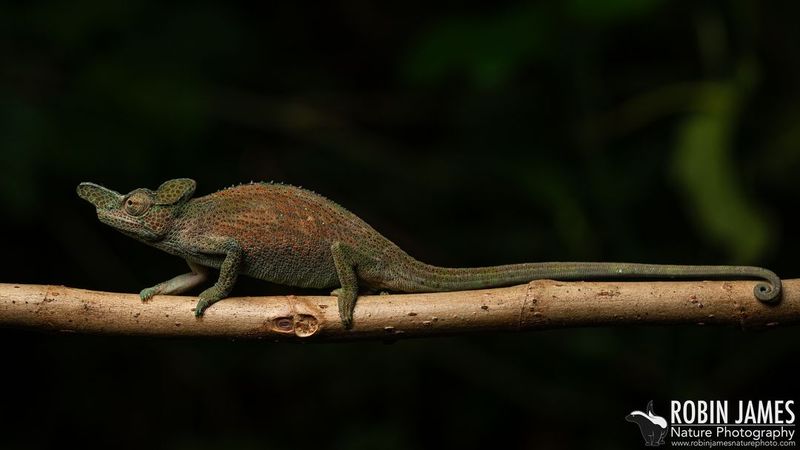
Hidden away in the lush rainforests of New Guinea, the Xenorhina is a frog that’s as quirky as it is rare. Known for its unique, rounded body and short limbs, this little amphibian is perfectly adapted to its environment.
With a vibrant, almost magical appearance, it reminds us that the jungle holds secrets waiting to be discovered.
12. Xerces Blue Butterfly
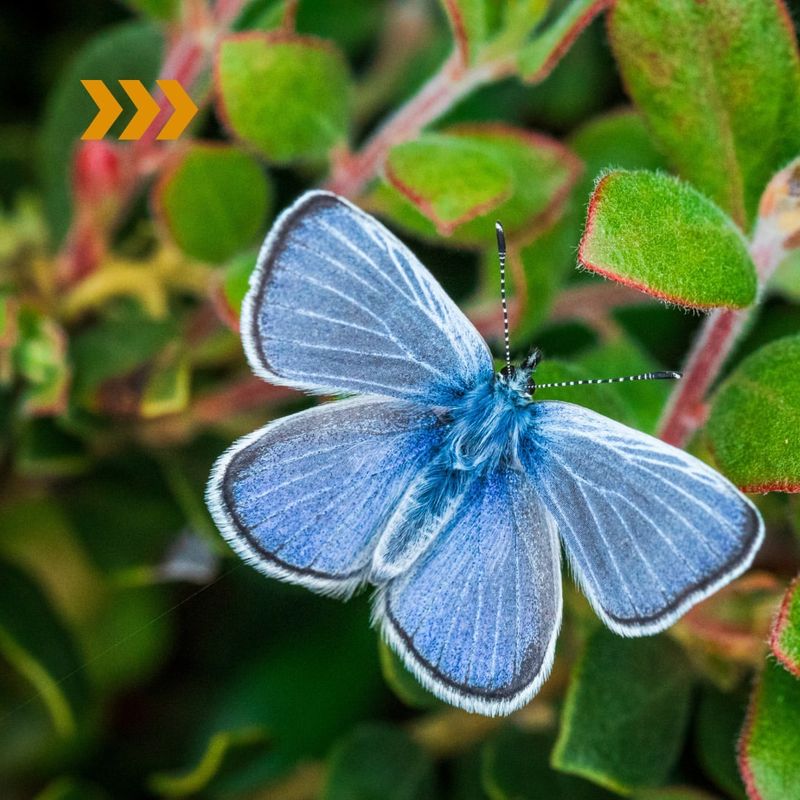
Once flitting through California’s native grasslands, the Xerces Blue Butterfly is now tragically extinct.
Known for its delicate wings and ethereal beauty, this butterfly was a symbol of the fragility of ecosystems. Its brief but significant presence in the wild is a poignant reminder of the importance of conservation.
13. Xerus rutilus
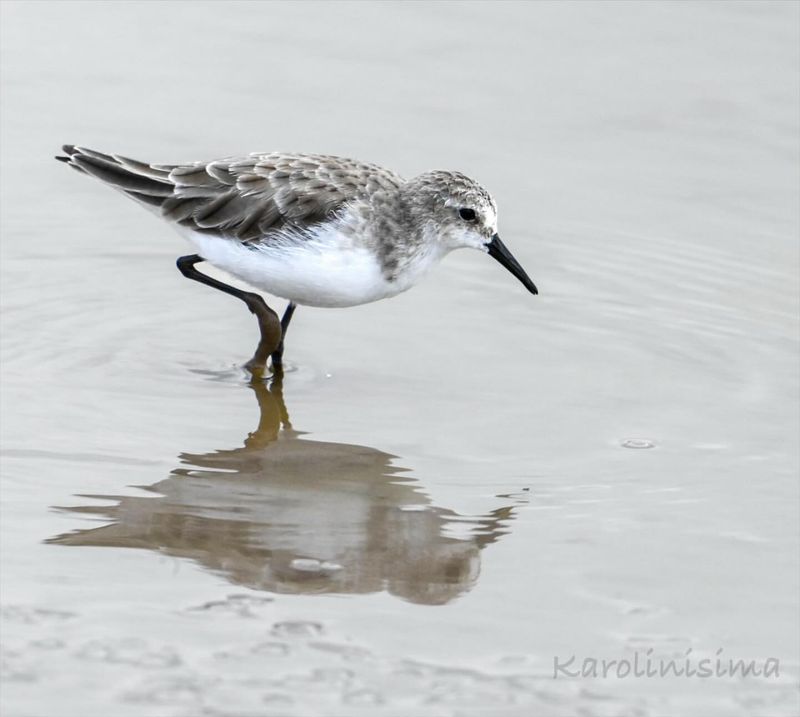
With its red-orange fur and sharp agility, it thrives in the dry, harsh environments of the African savanna.
These squirrels are always busy, digging burrows, foraging for food, and interacting with their colony members, making them an important part of the local ecosystem.
14. Xantus’s Murrelet
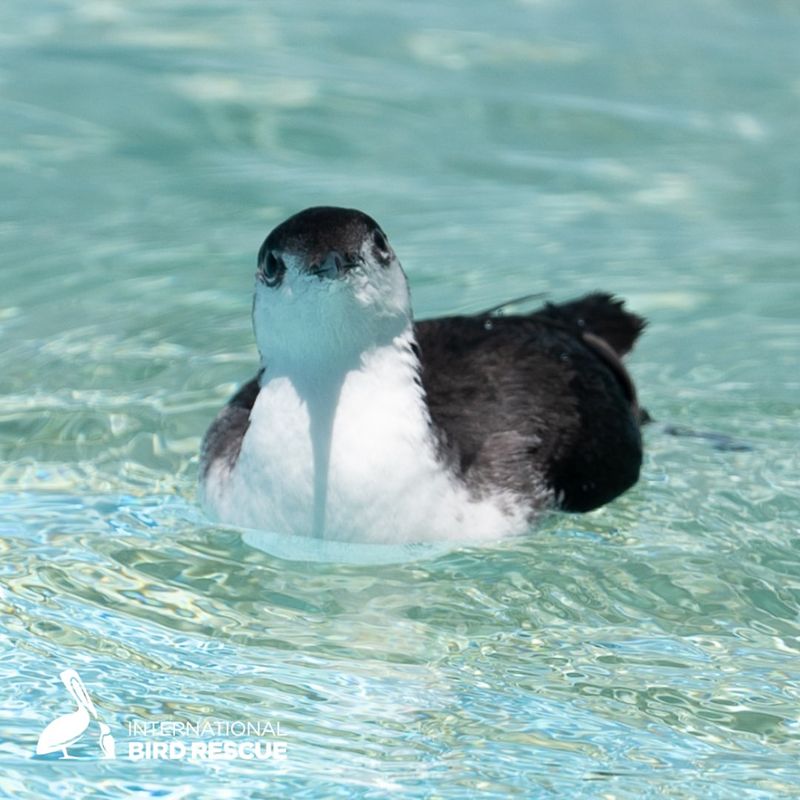
This rare seabird thrives in the rocky coastal regions of Baja California, often making its home on isolated islands.
With striking black and white plumage, it’s a beautiful sight as it dives beneath the ocean’s surface in search of food. Though elusive, it is a vital part of the coastal ecosystem, bringing life and movement to the shores it inhabits.
15. Xylophanes
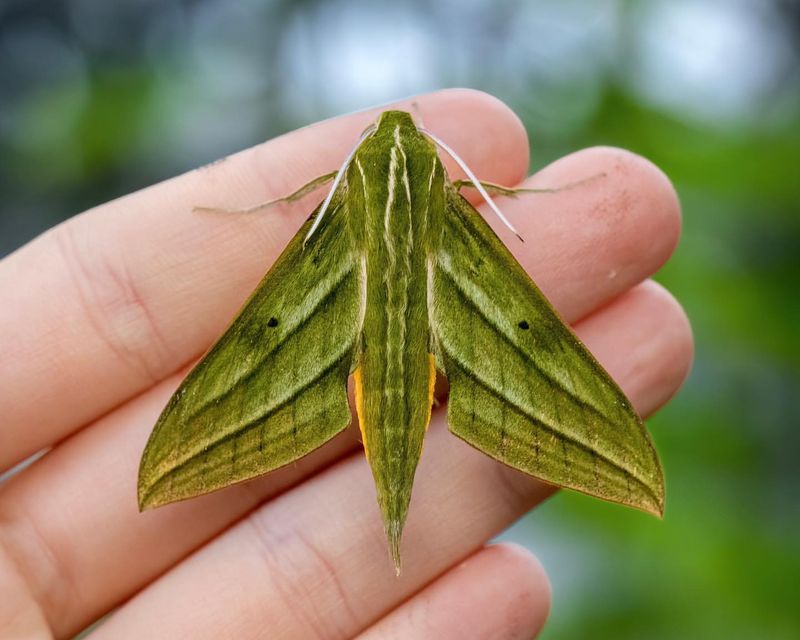
Moths in the Xylophanes genus are remarkable for their ability to hover, much like hummingbirds, as they feed on nectar. Known for their long wings and agile flight patterns, these moths flit effortlessly through forests and fields.
Their impressive ability to navigate through dense vegetation adds to their intrigue and showcases nature’s adaptability.
16. Xantus’s Leaf-toed Gecko
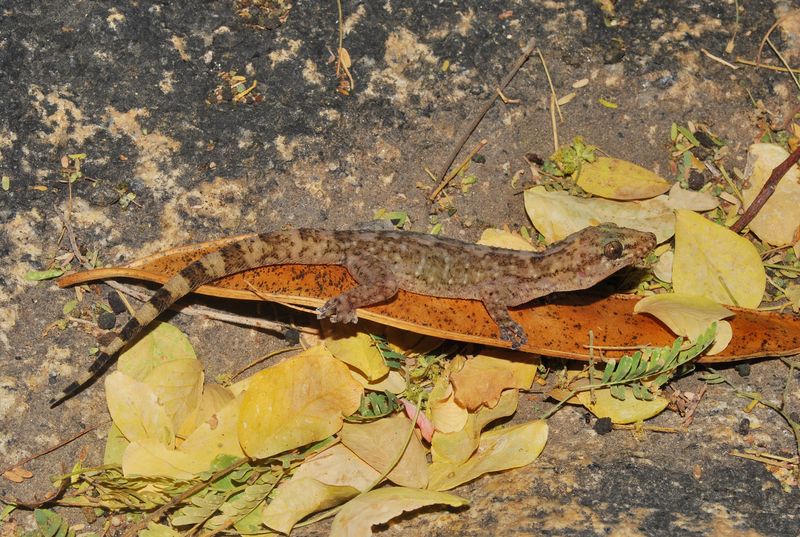
This gecko’s ability to blend seamlessly into its environment is nothing short of remarkable. With its leaf-shaped toes and muted coloring, it can remain hidden from predators despite being an active climber in the rocky landscapes of Baja California.
Its stealthy movements and camouflage skills make it one of the more fascinating reptiles in the region.
17. Xenophora
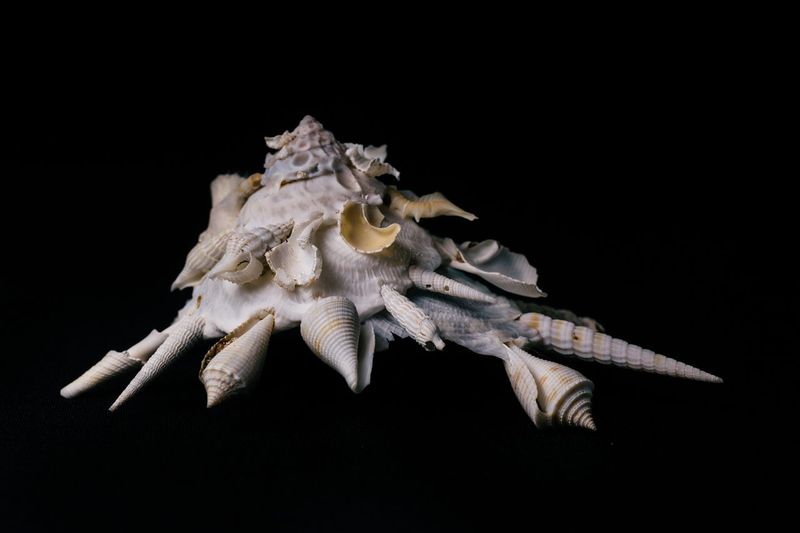
Instead of relying on a plain shell, the Xenophora snail has evolved a fascinating survival tactic by collecting shells and other objects to attach to its own.
This practice provides protection, allowing it to blend seamlessly into its surroundings. Its ability to use environmental materials as armor is a brilliant example of nature’s creativity and ingenuity.
18. Xenodermus javanicus
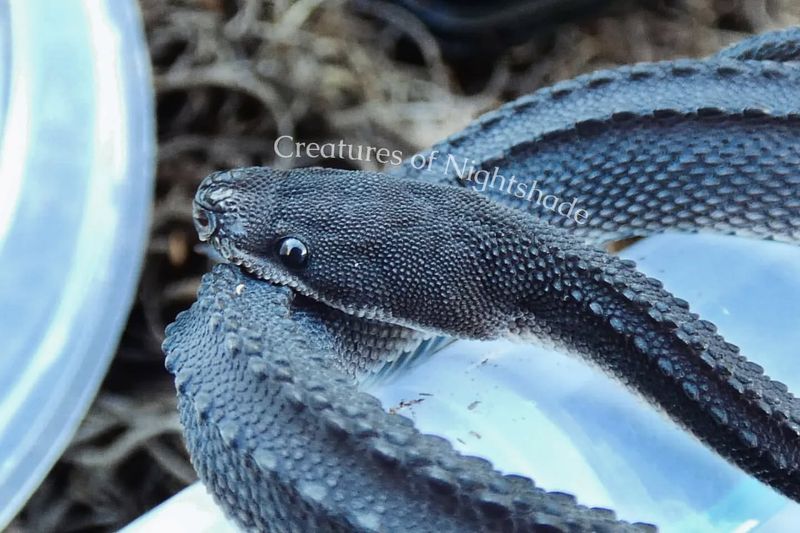
Residing in the tropical forests of Southeast Asia, this reptile is easily recognized by its long, trunk-like snout. The Javan elephant trunk snake uses this unique feature to root through the underbrush, searching for prey.
Its odd appearance and specialized hunting technique make it a captivating subject for anyone interested in the wonders of the natural world.
19. Xiphophorus
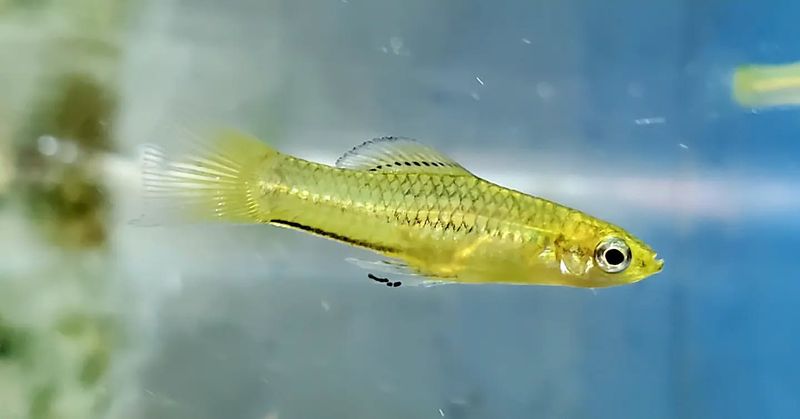
In freshwater habitats, fish of the Xiphophorus genus, like the swordtail, display striking features, particularly their long, elegant tails.
These fish are not just beautiful; their hardy nature and vibrant colors make them a favorite among aquarium enthusiasts. Adaptable to various environments, they thrive in both wild and home aquariums alike.
20. Xanthichthys
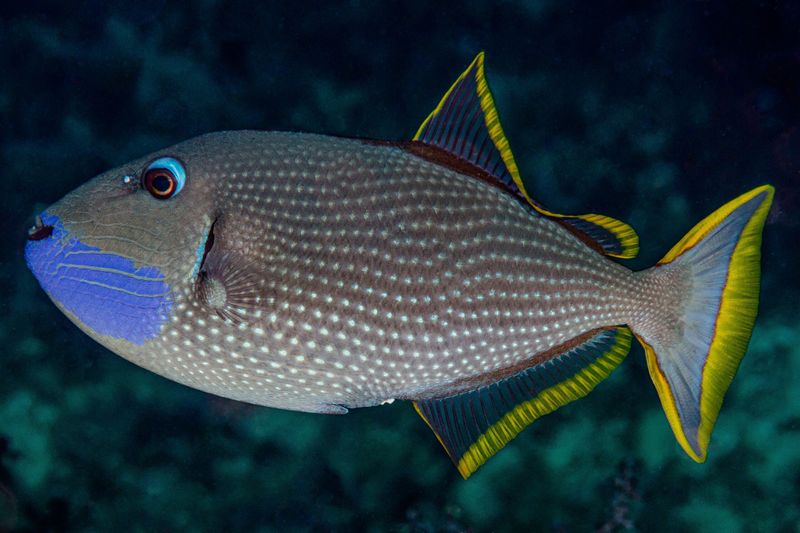
With its vibrant colors and sharp defensive spines, the Xanthichthys triggerfish is a common sight in the warm waters of the Indo-Pacific.
Known for their aggressive nature, these fish defend their territories fiercely, making them a formidable presence in the coral reefs. Their resilience and striking appearance ensure they’re never overlooked by those exploring the underwater world.


